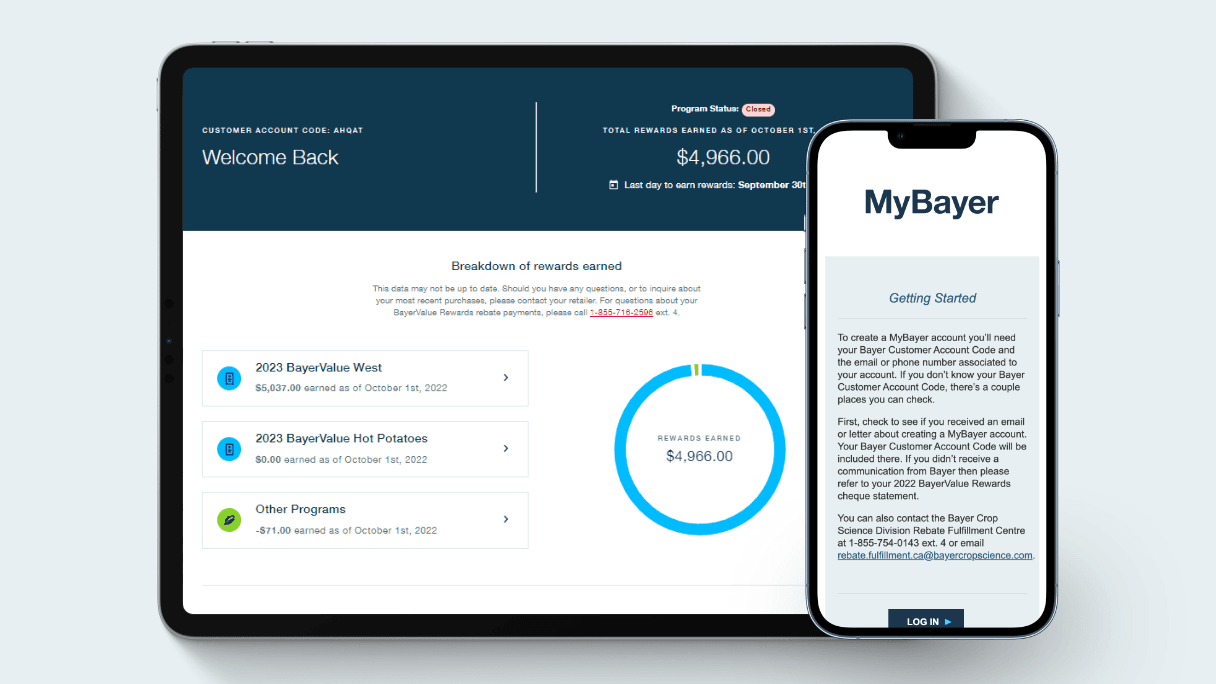Why you should use a corn yield calculator on your farm
August 26, 2024
Why is it useful to run a corn yield calculator on your farm? It may help you to determine whether to harvest your crop for grain or silage.1 It could help to identify factors that may be limiting your corn crop’s yield potential such as disease, drought or weed competition. With a corn yield calculator, you may determine that a certain field is better suited to another crop or requires a “rest” from corn production. Corn takes a lot out of a field, so a corn yield calculator could point to the need for better crop rotation.
When can I use a corn yield calculator?
Once your corn crop has reached milk or R1 growth stage, about 50% of the plants will be silking. By that time, you can use a corn yield calculator to determine ears per plant, rows per ear and kernels per row. You should know plants per acre from your planter setup earlier in the season. Kernel weight is also important but that data won’t be available until harvest.
How to calculate corn yield
Step One: Pick your samples
When your corn crop is at the optimum stage for the corn yield calculator, pick a representative area – not the best but not the worst-looking corn. For example, on a 30” row width, mark off what would be 1/1000th of an acre. At 30”, that would be 17.4 feet or 5.3 meters.
Step Two: Count the kernels
Strip the husks off all the cobs in that section to determine the number of harvestable ears. Select a typical ear from that strip and note the number of rows and the number of harvestable kernels per row.
Step Three: Repeat the process
Gather sample cobs in at least five places in a corn stand. You might get away with fewer tests if your corn stand is very uniform. A variable stand may require more tests.
Step Four: Use the online calculator
Once your field samples are collected, go to our online calculator and input all your variables including number of:
Harvestable ears
Rows on an average ear
Harvestable kernels per row
Understanding your results
Based on the field data you input, the calculator will give you an estimated number of bushels/acre for your entire stand. You can then use that number to calculate potential revenue and ROI, based on your cost of production.
If that sounds like a lot of work, be assured that it’s certainly worth the effort. By recording your corn yield calculator results year over year, you’ll be able to identify patterns that will help you sharpen your corn crop management.
Is your corn yield calculator higher or lower than harvested yield?
It’s a good day if, come harvest time, your final yield is higher than the corn yield calculator indicated. But what if it comes in lower than expected? That’s when you may need to assess your corn crop management. Reasons for your lower than expected yield could include:
Soil pH or drainage
Fungal disease
Weed escapes
Lost yield from late harvest
Once your fieldwork is done for the year, you can look back on corn yield predictor versus harvest to determine how you may have fallen short of the expected number – or, even better, exceeded it!
References
Estimating Grain Corn Yield, Manitoba Agriculture, https://www.gov.mb.ca/agriculture/crops/seasonal-reports/pubs/estimating-grain-corn-yield.pdf
Determining Corn Growth Stages, Kruger Seeds, 15 octobre 2020. https://www.krugerseed.com/en-us/agronomy-library/corn-growth-stages-and-gdu-requirements.html
